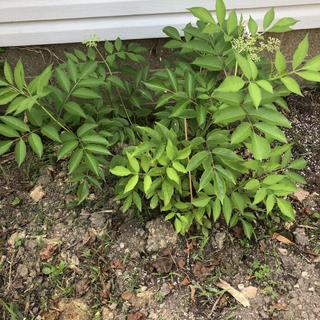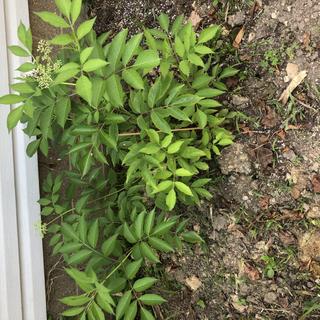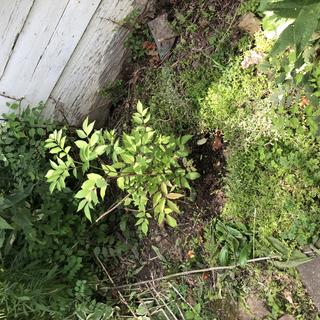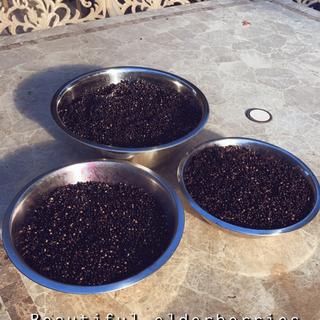York Elderberry Plant
Description
Bring edible beauty to your landscape. In spring, these plants feature lovely white blooms, and in summer, they produce a bounty of soft, dark purple berries that are good for cooking or making delicious jams, jellies and wines rich in vitamin C. Berries ripen later than counterpart: Nova. Easy-to-grow plants tolerate dry or moist soils once established.
These elderberry plants are not affected by growing in partial shade. Regular summer watering is necessary for consistent fruit quality. Shrubs also make great wildlife attractants. Cold hardy. Ripens in August. Best pollinator: any other elderberry variety.
Note: Elderberries must be cooked before consumption. Consuming fresh elderberries can be toxic. Please ensure all berries are properly prepared before use.
Survival Guaranteed!


Since 1816, Stark Bro’s has promised to provide customers with the very best fruit trees and plants. It’s just that simple. If your trees or plants do not survive, please let us know within one year of delivery. We will send you a free one-time replacement, with a nominal shipping fee of $9.99. If the item in question is not available, we can issue a one-time credit to your account equaling the original product purchase price or issue you a refund. Read more about our warranty policy.
Characteristics
| Bloom Color | White |
| Fruit Color | Purple |
| Fruit Size | Medium - Large |
| Hardiness Zone Range | 4 - 8 |
| Pollination | Pollinator Required |
| Ripens/Harvest | Mid-late August |
| Shade/Sun | Partial Shade - Full Sun |
| Soil Composition | Loamy, Sandy |
| Soil Moisture | Well Drained - Average Moistness |
| Soil pH Level | 5.5 - 6.5 |
| Taste | Sweet |
| Texture | Soft |
| Years to Bear | 2 - 3 |
Size & Spacing
Mature Size
Recommended Spacing
Zone Compatibility
Pollination
Tools & Supplies
Planting & Care
Learn all about how to grow elderberry plants in The Growing Guide. An entire section of our website dedicated to your growing success.
Shipping Information
Arrives when it's time to plant
Questions & Answers
Thank you for your question. Sambucus nigra are European elderberries; 'York' is a Sambucus canadensis, an American elderberry.
The Sambucus canadensis elderberries should be fully ripe before consuming, but they can be consumed raw. You may find that the berries are more tasty when cooked (especially if you're planning to make jelly or elderberry syrup). You can also eat the flowers if you don't mind foregoing some berries in the process. They're great when battered and fried like fritters!
All varieties of elderberries' seeds,leaves,stems and roots are poisonous.
Only the berries;properly prepared are ok for consumption;cooked,dried or processed in a safe way.Eaten raw;elderberries can cause stomach distress.
elderberries are great for chickens as it help prevent the bird flu, but i will not pay nearly 100.00 for them here when you can find cuttings for around 3 dollars each they are easy to propagate from cutting, I have over 200 plants in bloom now I harvested off the road side, they grow wild along road way near water, once roots are established don't disturb them. there are great info on the interwebs on have to clone care and harvest elder loves water needing a gallon of water per week plant in wet areas in full sun.
Thank you for your question. Sambucus nigra are European elderberries; 'York' is a Sambucus canadensis, an American elderberry.
It seems not to hurt the plant, and does keep it shorter. May also reduce its tendency to send out runners. But if you want the plant for wildlife value or maximum berry production, as I do, I'd leave it tall.
We have problems with deer eating our cherry trees, lettuce, bean sprouts and tons of other things, but have not yet had them bother our elderberries in 3 years time. Most of our problem is birds eat the berries as they ripen. We are going to try bird netting this year.
There’s no reason you can’t. They are quite hardy though and do well here in Maine in the ground. If you do grow in a container it will need to be large as the plants can get really big. You will need to protect the roots in the winter if you live in a cold area as you will be allowing frost to penetrate from all sides.
My Elderberries came as bare roots. I live in central New York and I find that bare roots work great when planting in the early Spring, as we can get frost into late May.
We appreciate you reaching out to us. Because weather and soil conditions vary so much from year to year and even within your zone, it's best to think of your planting time as a range of favorable conditions instead of an exact time.
You can plant new plants and trees:
1) when the ground is not frozen.
2) when daytime temperatures are above freezing (32ºF) and below 90ºF.
3) when extreme weather (blizzard, hail, torrential rain, etc.) is not in the forecast. Be sure to keep plants watered if you're transplanting in warm and/or dry weather.
If you have any further questions please don't hesitate to reach back out to us. Have a great day!
Customer Reviews
I somehow missed the part of the description where it says this thing sends out shoots, so I'm getting a lot of little baby elderberry plants.
Those plants were over eight feet tall and multiplied like weeds, hope the new owner with benefit from them.
Bought the same plants for our new home in the country and so far I'm very pleased. Should have plenty of Elderberrys in two years. .maybe sooner? God Bless.
First one is 4 years old and doing amazing.
It was delivered bare root and took off as soon as i planted it. Very happy with my purchase.











on sale
Wanted ore varieties in my orchard.
Wanted to try a new strain of elderberry.
They are great for pies and whatever ails you, also on sale!